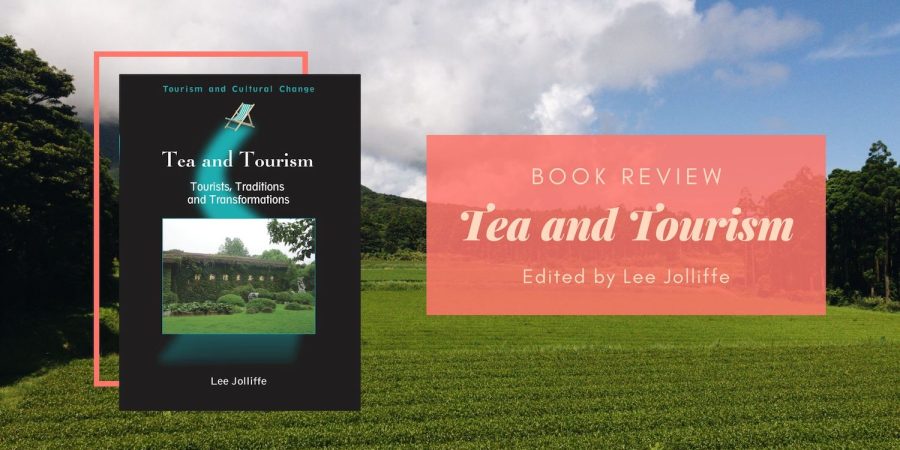In my quest to read more books about tea, I stumbled across this one called Tea and Tourism. It’s published in 2007, so it’s a bit dated, but I hadn’t really heard of tea being paired with tourism as a concept and I wanted to find out more about it.
With contributions from multiple researchers, Tea and Tourism looks at how tea can play a part in tourist activities in various regions around the world. I felt that the focus was on China and India (which makes sense since they are large tea producers), but there are chapters on Sri Lanka, Kenya, England, and Canada as well.
I think one takeaway I had was about the type of tea tourist that exists. One of the chapters divides tea tourists into three groups:
- Accidental – Enjoys a tea experience when they have one but do not actively seek it out nor does it influence their vacation plans
- Dedicated – Actively seeks out tea experiences and vacation plans are influenced by it
- Extreme – Will go anyway for tea experiences and vacation plans are determined by it
I suppose this caught my attention because I was wondering what kind of tea tourist I am! I think I’d fall under “dedicated” – I do try to find tea rooms and tea shop in places that I go, and I will plan a visit if possible, but I do not choose my vacation destination (at a country-level) based on whether there are tea experiences available.
Apart from discussions on tea tourists, the book also looks at how tea could affect tourism development. I found the chapters on specific places to vary in quality – those that interviewed locals and people in the tourist industry had the most insights, while others seemed to be nothing more than a recap about the region and what had been happening. But given that this book was published over a decade ago, I don’t really think the information is up to date – at most, it’s a good jumping point to see how tea tourism has developed since then.
Overall, this was an interesting but ultimately underwhelming book. I think I was expecting more robust discussion on the role of tea in tourism, but much of the book seemed to just survey the then-current state of affairs. That said, I did learn a bit about how we can analyse tea and tourism and I hope that I can keep that in mind next time I’m on vacation!
